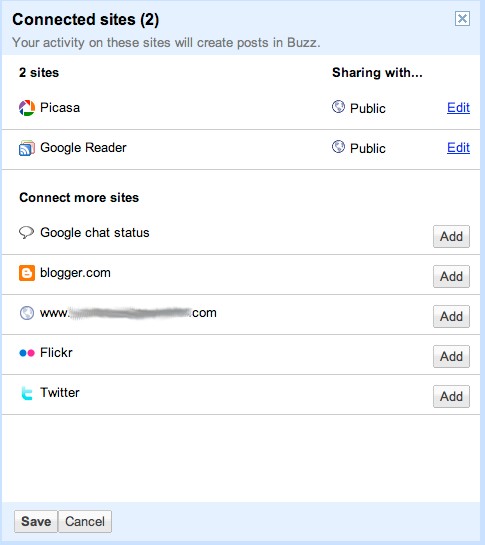Recently, Facebook conducted, what they called a survey, to root out users who registered their accounts under fake names. In a sort of watered down McCarthyism, they asked their friends to “snitch” on other friends and answer whether the name on their account was real or not. As Kashmir Hill, of Forbes, found, those involved in the so-called ‘survey’ didn’t particularly appreciate it.
Facebook’s terms and conditions include a clause that user’s must register under their real name, so it doesn’t seem outlandish that they would want to know whether or not users were living up to that agreement. What’s drawing comparisons to Caligula and the KGB, which is admittedly a bit strong, is the way Facebook went about rounding up the fake name account holders.
Facebook spokesperson Fred Wolens insists that the survey will not be used to enforce the real name policy, but rather to teach machine algorithms to determine real accounts from spam accounts.
This claim, however, suggests that Facebook itself is ignoring its own terms and conditions and those who violate them. So how seriously should users take those same terms?
Also, the options for answering the question: ‘Is this your friend’s real name?’ were: ‘Yes’, ‘No’, ‘I don’t know this person’ or ‘I don’t want to answer’. Every choice carries a possible backlash and since Facebook is being so cagey about how they plan to use the information gathered, there’s no telling what consequences those answers will bring.






